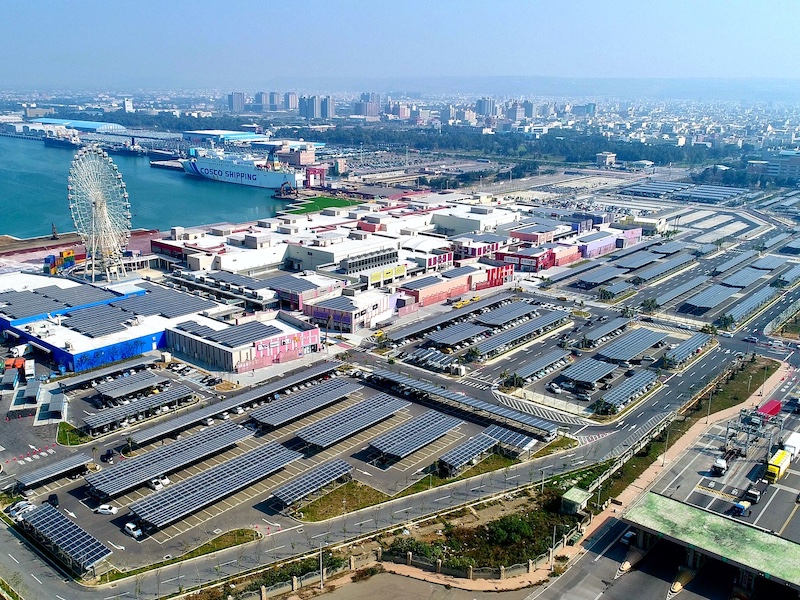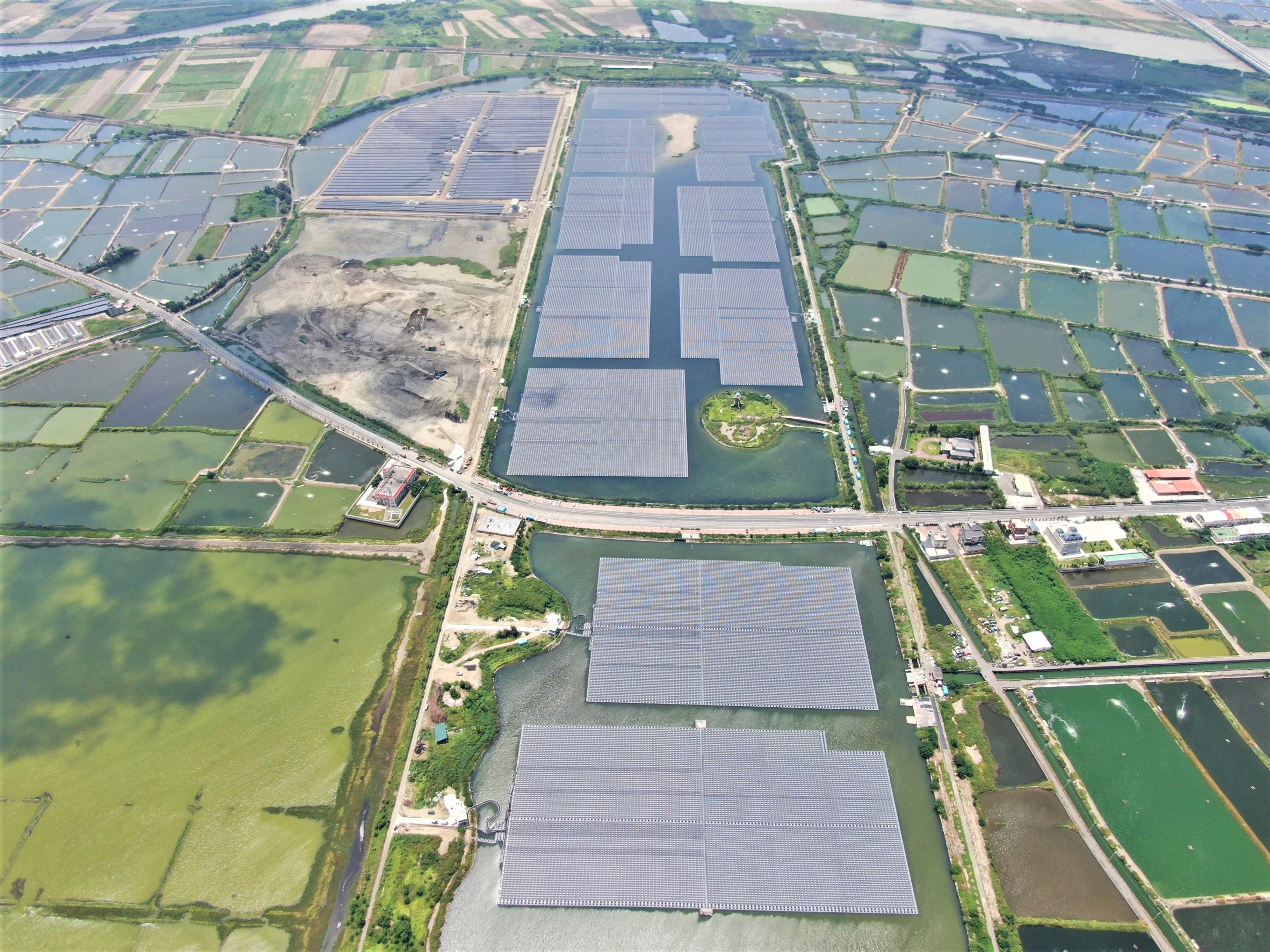Last February, NGP launched a documentary video of the Xinwen Detention Basin Project, highlighting New Green Power's achievement of establishing the largest floating-type solar panel installation in Taiwan in 2020. The Xinwen Detention Basin Project has an installed capacity of 35.5MW, resulting in an annual reduction of carbon emissions equivalent to 70 Daan Forest Parks. Diverging from roof and ground-type photovoltaic systems, assembling a floating-type solar photovoltaic system is doubly challenging, requiring careful consideration of ecological preservation. Consequently, during the design of this project, the planned area for the installation, including the water surface and all boosting equipment, was set at 30.4 hectares, with the objective of not exceeding 50% of the total water area. Additionally, green corridors and bird-watching pavilions were established in the vicinity. This video conveys a critical concept: developing renewable energy doesn't require environmental sacrifices. Through comprehensive planning and coordination, it is possible to create a paradigm that allows for the coexistence and mutual benefits of ecology and industry, thereby reducing the public's misconceptions about renewable energy development.
NGP was established in 2012 as a solar energy construction firm and transitioned into a developer by 2018. In 2022, BlackRock Alternatives's climate infrastructure team, one of the world's leading asset management companies, made a full acquisition of NGP. With BlackRock's support, NGP has expanded its reach into other areas of renewable energy. Last year, NGP facilitated BlackRock's investing in Taiwan's charging service provider, EVOASIS. NGP officially expands into EV charging and battery storage businesses. Gavin Tan emphasized that while the company's future focus remains on renewable energy, it aims to diversify beyond solar field construction.
Gavin Tan emphasized that it is crucial to consider not only the scale of solar power plant construction but also the characteristics and demands of solar power generation. For instance, solar power is most efficient during the midday period, but this might not correspond to the peak electricity demand hours. Consequently, there could be situations of excess power generation. Addressing this issue necessitates reliance on energy storage technologies. Energy storage technologies can store excess electricity and release it during peak consumption hours, thereby balancing the supply-demand dynamics and enhancing the utilization of renewable energy. Gavin Tan also cautioned that to meet the target of 40GW of renewable energy by 2050, there must be an ample amount of energy storage facilities. He argues that the proportion of energy storage should be at least 20% to ensure the efficient utilization of renewable energy, thereby curbing waste and pollution.
As electric vehicles become more widespread, the demand for charging stations is expected to surge. However, these charging stations must be powered by renewable energy sources to achieve net-zero carbon emissions. Gavin Tan emphasizes that NGP, equipped with years of experience in development and operations and advanced technology and equipment, has a duty to partner with the government and all segments of society. This partnership will facilitate advancing additional green energy initiatives, ensuring the provision of reliable and clean renewable energy and propelling Taiwan's green energy sector to new frontiers.


